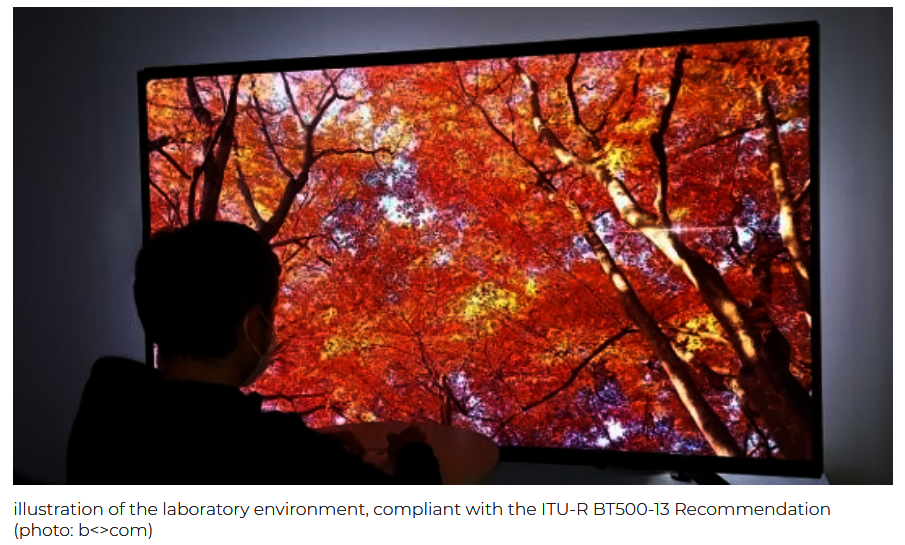The Versatile Video Coding (VVC) codec, which is one of the main contenders to succeed the High Efficiency Video Coding (HEVC) codec that’s so widely used today, has been shown to outperform the latter by around 40% when used for 8K video

That’s according to the latest tests by b<>com, a French research institute, which says VVC is able to reduce bitrates by around 41% compared to HEVC in “subjective testing”, and by between 26% and 35% depending on which objective metric is used. Either way, it’s a pretty big performance boost.
The VVC codec, also known as H266, is one of the main contenders hoping to supplant the widely-used but much-maligned HEVC, which is also known as H.265. The other alternative is the AV1 royalty-free codec, which has been gaining traction too, most recently with its adoption by Netflix.
b<>com’s tests, which are explained in depth in a paper published on Arxiv, compared VVC with HEVC using six different video sequences provided by Fraunhofer HHI in Germany and ITE in Japan. The authors of the research did not specify what 8K display was used.
The first TVs that support VVC decoding are expected to launch next year, and the test results suggest it will be a worthwhile upgrade.
"These results show that the average subjective gain offered by VVC over HEVC for 8K video is around 41%,” said Charles Bonnineau, PhD student at IRT b<>com, TDF, and INSA Rennes. “At the same time, objective improvement ranges from approximately 26% to 35%, depending on the selected objective metric.”
The testing also shows that the broadcast and streaming industries would do well to consider higher frame rates of 100 or 120 frames per second for 8K video, b<>com’s researchers said. Most TV shows and movies today are shot at a much slower 24fps.
In addition, the study shows that the optimal bitrate for 8K video will vary quite a bit depending on the scene.
"For the 'OberbaumSpree' [video clip] motion blur appears on the scene due to a continuous horizontal camera traveling. It shows that higher frame rates, e.g., 100/120fps, must be considered to fully benefit from the 8K resolution,” Bonnineau explained. “Those curves also show that the bitrate required to reach the source quality using VVC ranges from 11 Mbps to 180 Mbps depending on the sequence.”
Bonnineau also noted that in most of the tested video sequences, there was a significant visual difference between uncompressed 4K and 8K footage.